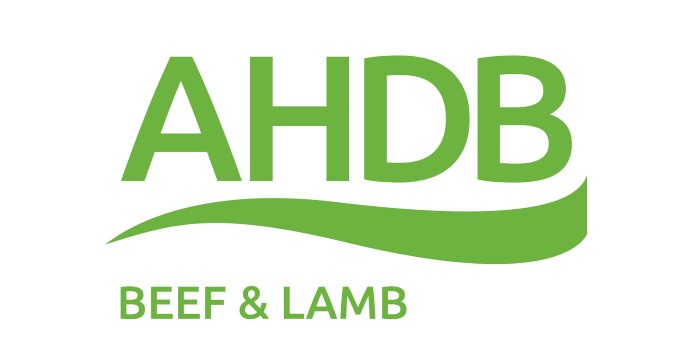An industry standard for measuring and monitoring antibiotic use on beef farms has been agreed following extensive industry consultation.
The new recommendations complement those previously agreed for monitoring antibiotic use on dairy and sheep farms.
The recommendations developed by the Cattle Health and Welfare Group’s (CHAWG) Antimicrobial Usage (AMU) Subgroup are based on research work undertaken by the University of Bristol and extensive industry consultation.
The measures will help beef farmers understand where they are in relation to the antibiotic use targets set by representatives of the beef sector within RUMA’s Targets Task Force in 2017, and to continue delivering reductions and refinements in use once new post-2020 targets are announced at the end of the year.
The core measure a beef farm is advised to use is the total weight of antibiotics used in a year (in milligrams) relative to the average weight of the cattle population at risk of treatment on the farm during the year (in kilograms). This is similar to the core mg/kg measures already in use by the dairy and sheep sectors.
Tim Brigstocke, chair of CHAWG AMU, said: “Measuring and comparing antibiotic use in beef herds is not straightforward, as it needs to take account of the numbers and types of cattle on a farm, which can change considerably during a year.
“We have aimed to strike a sensible balance between accuracy and pragmatism and produce a metric that will work for the majority of farms, recognising that the opportunity to link to national databases in the future will make providing data relating to the number and types of cattle much easier for farmers.”
Derek Armstrong, Veterinary Lead at AHDB, said: “We want to encourage vets and others in the supply chain to use these standard metrics, where possible, to ensure that a common language is being used.
“This will help farmers monitor antibiotic use on their farm over time and see how it relates to similar farms across the industry. It will also inform vets and farmers when they are working together on developing health plans and encourage farmers with specific health challenges and high antibiotic use to identify where to focus in order to improve their management practices.”
The overall mg/kg measure should be reported alongside a separate figure for the highest priority critically important antibiotics, which aligns well with recommendations from the other ruminant sectors. Additional measures have also been recommended where more detailed farm level antibiotic use records are available. These are the percentage of animals treated and treatment days per animal. These additional metrics can also be used for other veterinary medicines.
More information about the new beef benchmarking recommendations, and existing dairy recommendations, can be found on the CHAWG page. Information about the sheep measures for monitoring antibiotic use on farms can be found here.


